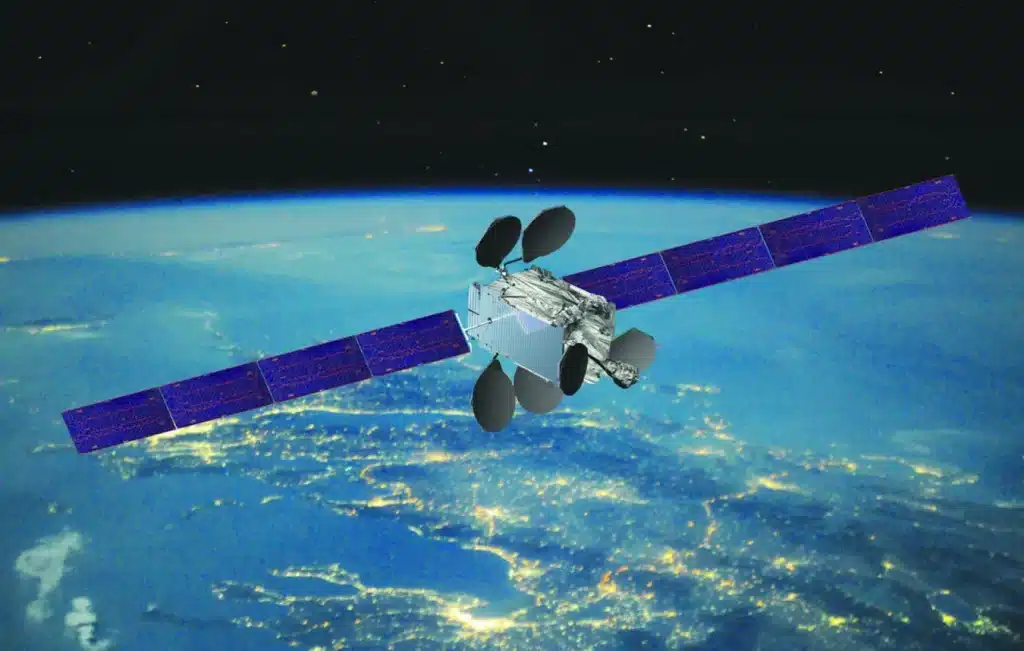Boeing’s Intelsat-33e communications satellite is no longer able to operate after it “exploded” on October 19, prompting Intelsat to declare it a “total loss” on Monday as it continued to investigate the root cause of the issue.
The users are being converted to other platforms, the company stated as the US Space Force tracked around 20 pieces shortly after the incident, it said on X.
However, the company did not reveal the number of customers affected by the failure.
Moreover, the debris from the satellite’s explosion does pose a risk to other surrounding satellites according to a representative of Spaceflux.
“There is a lot of uncertainty regarding the orbits of these fragments at the moment. They can be potentially dangerous for other satellites, but we do not know that yet,” the spokesperson added.
The satellite was operating for just seven years before the incident as other similar artifacts are rated to have a life between 15 to 20 years, as per Space.com.
The communication satellite was launched on August 24, 2016, aboard an Arianespace Ariane 5 and began operating in January 2017.
Prior to its loss, Intelsat-33e had difficulties with its propulsion system that decreased its lifetime to 12.5 years from 15 years as of 2017, according to SpaceNews.
Its predecessor, Intelsat-29e also failed just after operating for three years, the company later affirmed that the satellite’s may have failed due to a wiring issue amid higher solar activity and radiation or a micrometeoroid collision.
The failure of Boeing’s Intelsat-33e is followed by the failure of their Starliner spacecraft that took to the space for an eight-day mission with astronauts Sunita Williams and Barry E Wilmore but will now return in February 2025 after the docking of the SpaceX Crew-9 spacecraft.

